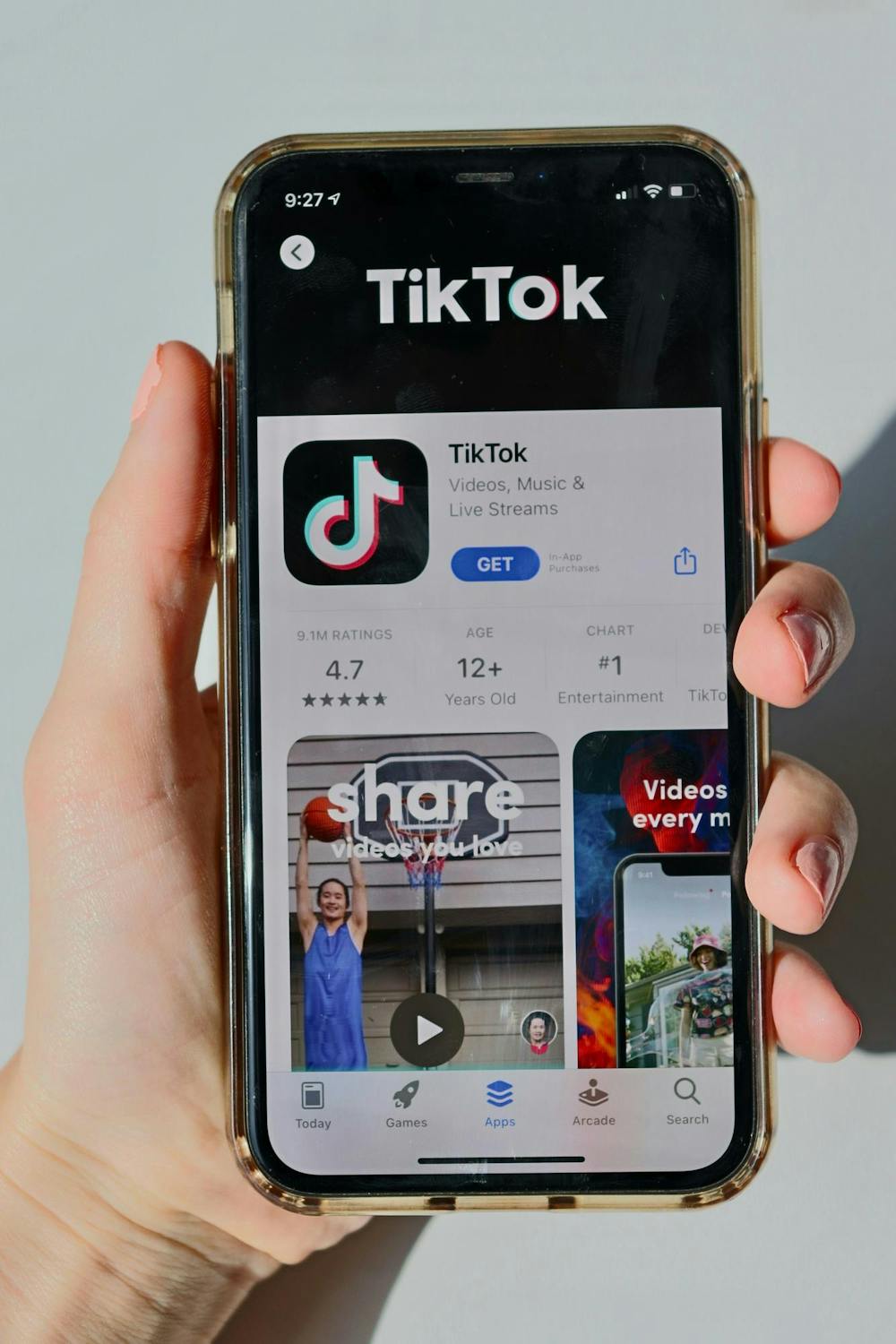Don Hertzfeldt’s 17-minute short film “World of Tomorrow” has become one of my recent
favorite watches. It’s a story about Emily, a toddler fashioned from scant lines. In the future, she
will be impregnated with her clone, upload her past memories to this replica and live forever.
Her second-generation self contacts young Emily from 227 years into the future. They time
travel to observe future Emily's past while technologies manufacture an emotionless utopia.
“Our more recent history is often just comprised of images of other people watching
view-screens,” future Emily says.
The film’s overarching message is to be wary of technology’s evolution while cherishing
human-human interaction and its accompanying emotions. It hints that future — and current —
technologies grasp the power to corrupt emotion and nostalgia. But I disagree.
Like Emily, I have aged with technology (albeit not to the point of wide-spread time travel). I
have been active on social media platforms Snapchat, Instagram and TikTok during their
respective growths.
Intriguing posts, to me and my friends, are the ones that evoke visceral, unexpected reactions that
often precipitate off-screen life. I regularly say things for “the bit.” I try not to break character
while making humorous situations because I want spontaneous reactions.
And I think Gen Z’s humor exemplifies the power of technology in stark contrast from “World of
Tomorrow.” I’m confident and hopeful that technology has the sustaining power to connect
humans, especially Gen Z individuals, with humorous emotion.
W.L.T.L: we like to laugh
Jake Shane is an online personality popular among Gen Z. His frequent skits and bits, under
TikTok username “octopusslover8,” are viral because his content embodies current trends,
references popular music artists and uses accessible humor.
In popular posts, he reenacts famous situations from celebrities and historical figures. Recently,
he created a TikTok skit mimicking “the founding fathers after John Hancock signed his name
super big.”
He also popularized “nyming”: forging acronyms from random sayings or dialogue. For
example, “L.G.I”: “Let’s Go Irish!”
Nyming is not only popular on TikTok and Instagram, but also in real life (I.R.L.). When his
nyming videos went viral last summer and autumn, fans, including me, regularly used them.
Creating new acronyms is fun. Decoding what others say is a thrilling challenge. And in the
process, laughter spreads and connections spark.
Shane’s content isn’t the only example of online humor that materializes offline. Other
influencers such as Sturniolo Triplets, Brittany Broski, Drew Phillips and Enya Umanzor are
applicable to other fandoms.
Media, generational distinction
But drawing humor from technology isn’t new.
The 1950s hit sitcom “I Love Lucy” pioneered sitcoms. Youth were enthralled from the
revolutionary film techniques: multiple cameras allowed for stronger situational comedy and
reruns. Because generations of Americans consumed this show, which showcased physical satire
and progressive heroine roles, it is now the “greatest TV show of all time,” according to Variety.
Over time, shows have used such techniques and writing to anticipate multiple generations’
cultural beliefs, fads and feelings. However, TVs weren’t as easily accessible as today’s
smartphones. Bands of people regularly watched shows together.
Evolving mobile technologies, however, have greater ranges of anonymity.
The internet, according to sociologist Ray Oldenburg in a 2013 technology opinion article by The Guardian, is a “third place,” a space where individuals have the freedom to bond with humor in some anonymity, similar to a bar or coffee shop. At the time of the article’s publication, over 70% of households used the internet.
In some ways, the emergence of hand-held devices has only added to that want and reality.
Explore and for-you pages display the username chosen when the account was created. Users can
comment, like, favorite and repost a seemingly endless display of content. Trained algorithms
curate content deemed worthy to fill our nearly five-hour daily average on social media,
according to a 2023 Gallup finding.
Accessibility in the 21st century simply allows for anyone to access any post on the spectrum of
satire. Anonymity allows for a private social media feed individually personalized for each user.
Political impact
Despite technology's ability to disconnect people, online humor facilitates further connection for
Gen Z offline. And its effects have the potential to mobilize young voters.
I’ve received dozens of texts from friends about presidential candidate Kamala Harris's edits to
Charli xcx’s pop album “BRAT.” One of particular note is a coconut tree-inspired remix to
“365.”
Millions of views, likes and shares are spreading Harris's humor. Utilizing an entertaining
TikTok account simply sustains young attention, which is so difficult at a time when youth have little trust in major institutions.
Her campaign’s TikTok account “Kamala HQ” has made several posts catering to Gen Z humor.
(One post even revealed the Kamala HQ user as a girl wearing loafers with scrunched socks.
Comments identified her as Gen Z).
Social media connects us through emotion. At times, we want to laugh. We seek people and
content that make us feel good: why would we waste energy not seeking uplifting content?
Decades of technological evolution have set precedent for the culture of today’s youth. Social
media platforms may be an unorthodox catalyst for human connection, but offline conversations
remain emotionally stimulating. While media consumption is healthy in moderation, online
humor bolsters interpersonal relationships bit by bit.
Redmond "Reddy" Bernhold is The Observer's opinion editor and a senior studying biochemistry and journalism. He originally hails from Minster, Ohio but calls Siegfried Hall his home on campus. When not writing, he explores South Bend coffee shops and thrift stores. You can contact Reddy at rbernho2@nd.edu.










